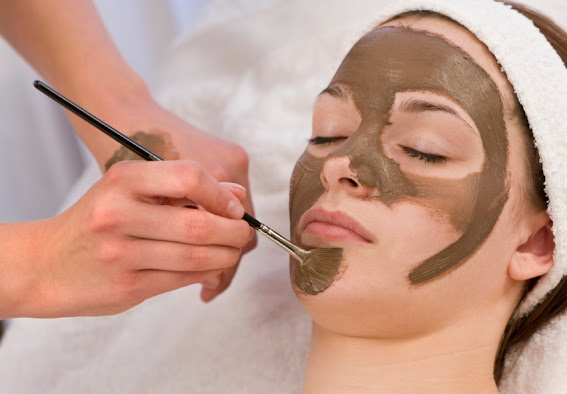How Long Does Threading Last?
Eyebrow Threading at home is a popular hair removal technique that has been practiced for centuries, originating in Eastern cultures and now embraced worldwide. Unlike waxing or shaving, threading involves using a twisted cotton thread to remove unwanted hair from the roots, providing a smoother and more precise result. One common question among individuals considering threading is, "How long does threading last?" In this comprehensive guide, we delve into the factors that influence the duration of smoothness after threading and explore tips to prolong the results for a flawlessly hair-free experience.
1. Understanding the Hair Growth Cycle: The Key to Longevity
To comprehend how long threading lasts, it's crucial to understand the natural hair growth cycle. Hair grows in cycles, with each hair follicle going through phases of growth, rest, and shedding. After threading, the hair is removed from the root, extending the time before regrowth becomes visible.
2. Individual Hair Growth Rates: Everyone is Unique
The longevity of threading results varies among individuals due to differences in hair growth rates. Some people may experience slower hair regrowth, while others may notice hair appearing more quickly. Genetics, hormonal factors, and age play significant roles in determining hair growth rates.
3. Threading Frequency: Maintaining Consistent Smoothness
The frequency of threading sessions affects the duration of smoothness. For most individuals, threading results can last anywhere from two to four weeks. Scheduling regular threading sessions helps maintain smoothness and prevents hair from growing too long between treatments.
4. Facial Area and Hair Texture: Influencing Durability
The area being threaded and the hair texture impact how long threading lasts. Fine facial hair may take longer to regrow, providing longer-lasting results compared to coarse hair or areas with thicker hair growth.
5. Proper Aftercare: Extending the Smoothness
After threading, it's essential to practice proper aftercare to maximize the duration of smoothness. Avoiding harsh exfoliation and moisturizing the treated area can promote healthy regrowth and prevent ingrown hairs. Salon services at home can help you get the best smooth skin.
6. Avoiding Tweezing and Shaving: Prolonging the Effects
While threading removes hair from the root, tweezing and shaving cut hair at the surface level. Avoiding tweezing and shaving between threading sessions allows the hair to regrow consistently, leading to longer-lasting smoothness.
7. Staying Consistent with Threading: A Hair-Free Habit
Consistency is key to experiencing long-lasting results with threading. Regularly threading the same area helps weaken hair follicles over time, reducing the frequency of hair regrowth.
8. Individual Hygiene and Skincare Habits: Impact on Longevity
Individual hygiene and skincare habits can influence the longevity of threading results. Keeping the skin clean and free from excess oil and debris can promote healthy hair regrowth.
9. Hormonal Changes: Managing Fluctuations
Hormonal changes, such as those during menstruation or pregnancy, can affect hair growth rates. Understanding these fluctuations helps manage expectations for threading results during specific times.
10. Professional Threading Technique: The Role of Skill and Precision
The skill and precision of the threading professional also impact the longevity of threading results. A skilled technician can remove hair more effectively, leading to smoother and longer-lasting outcomes.



Comments
Post a Comment